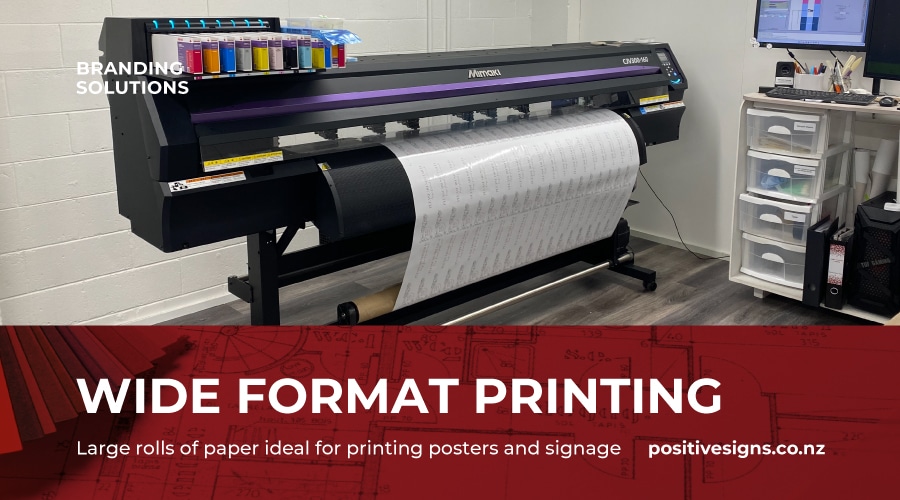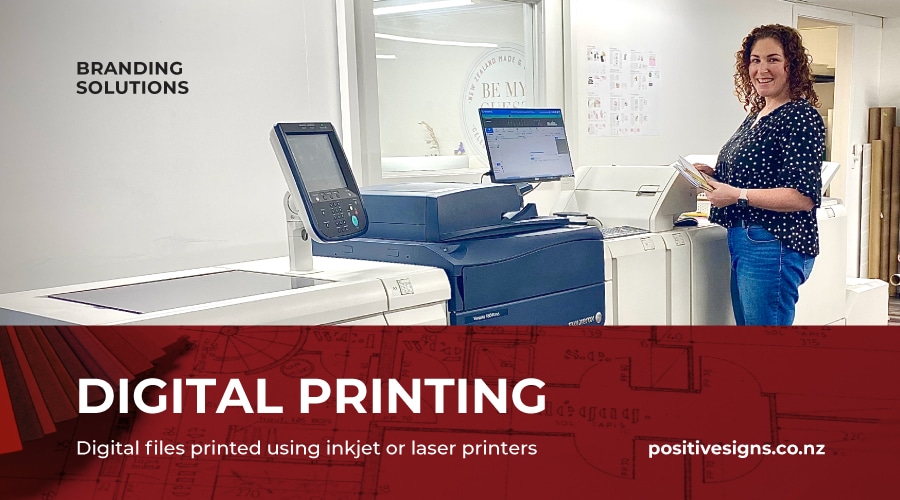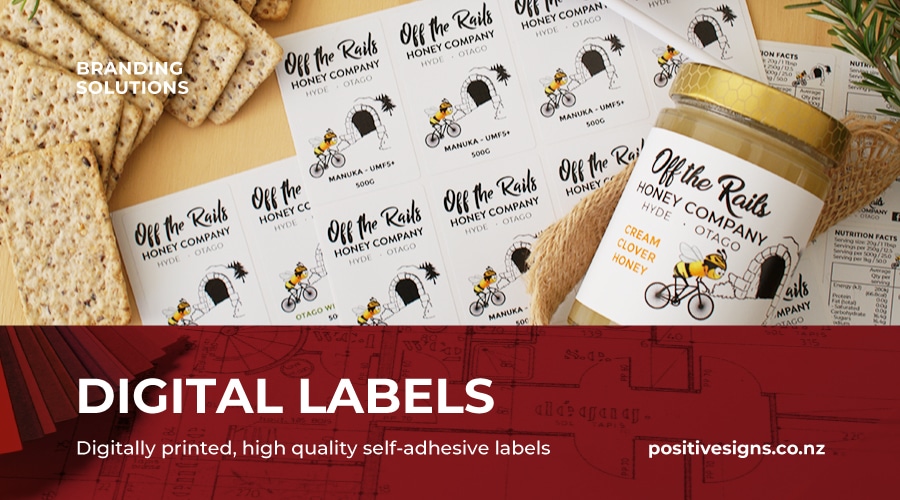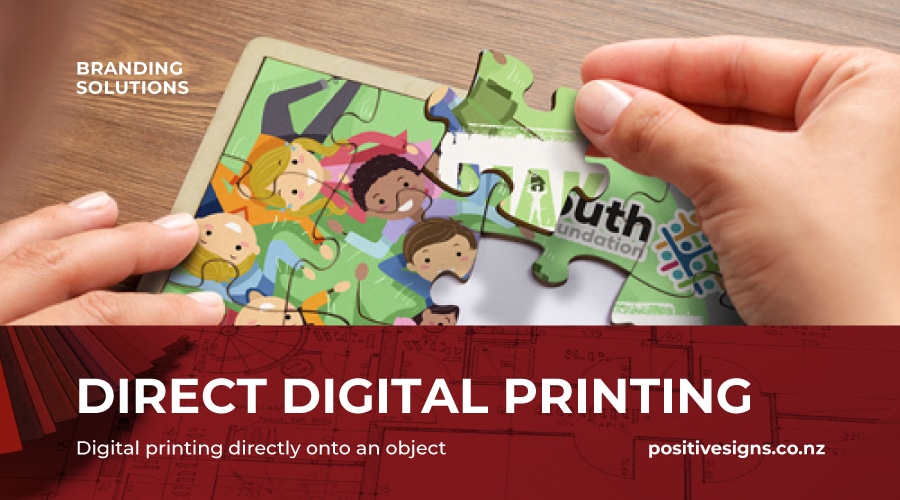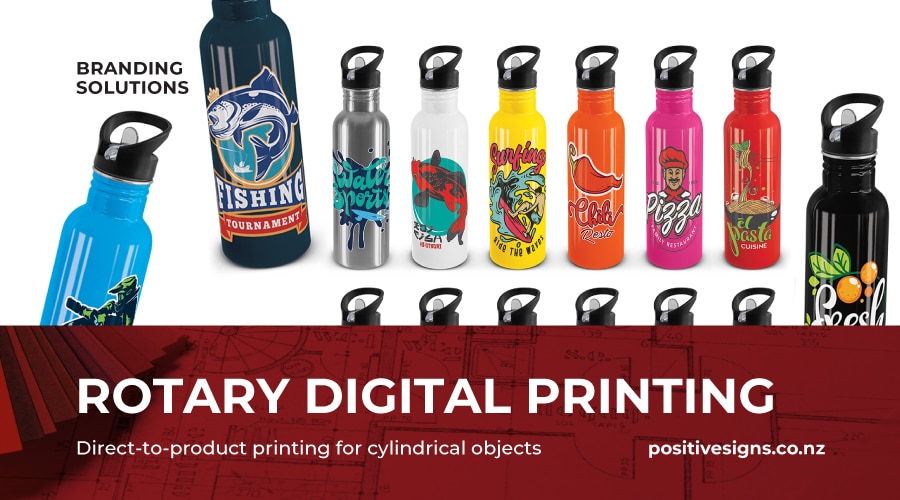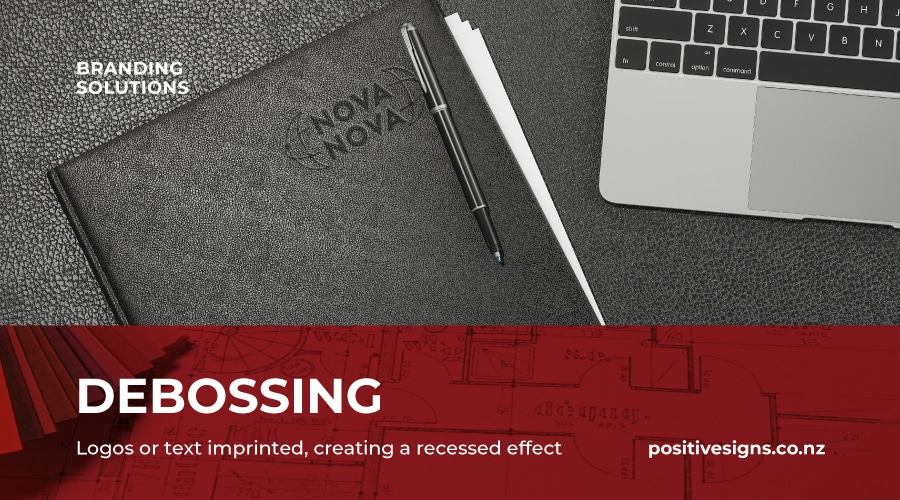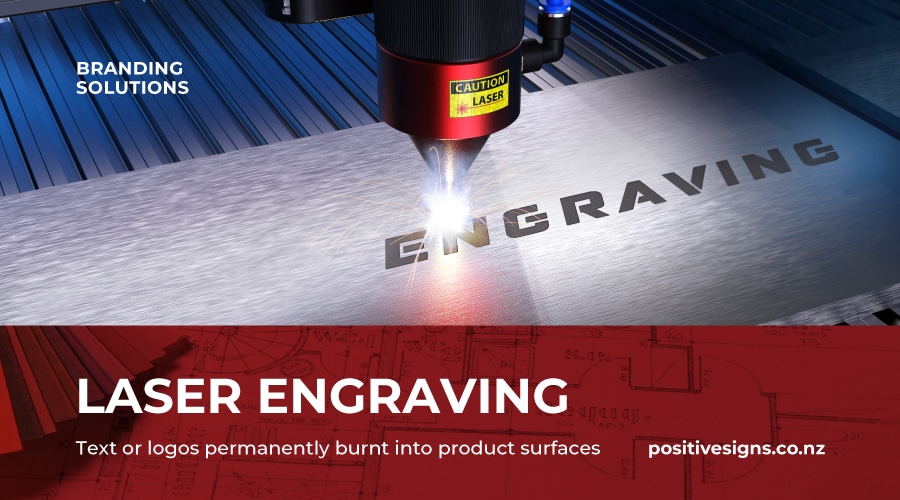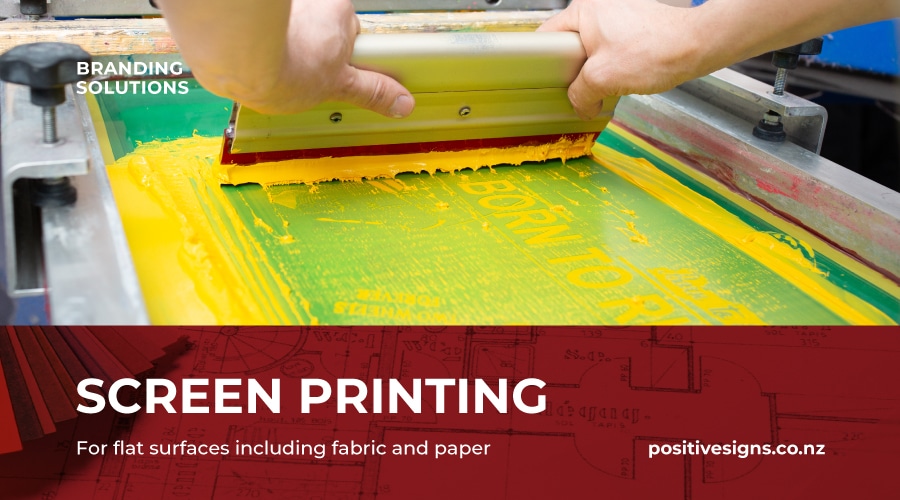
What is “Screen Printing”
Screen Printing is achieved by forcing ink through a fine mesh screen with a squeegee onto the product and is ideal for branding flat objects. Screen printing offers affordable single and multi-colour artwork across large branding areas, making it an appealing option for branding on a budget. Advantages of Screen

